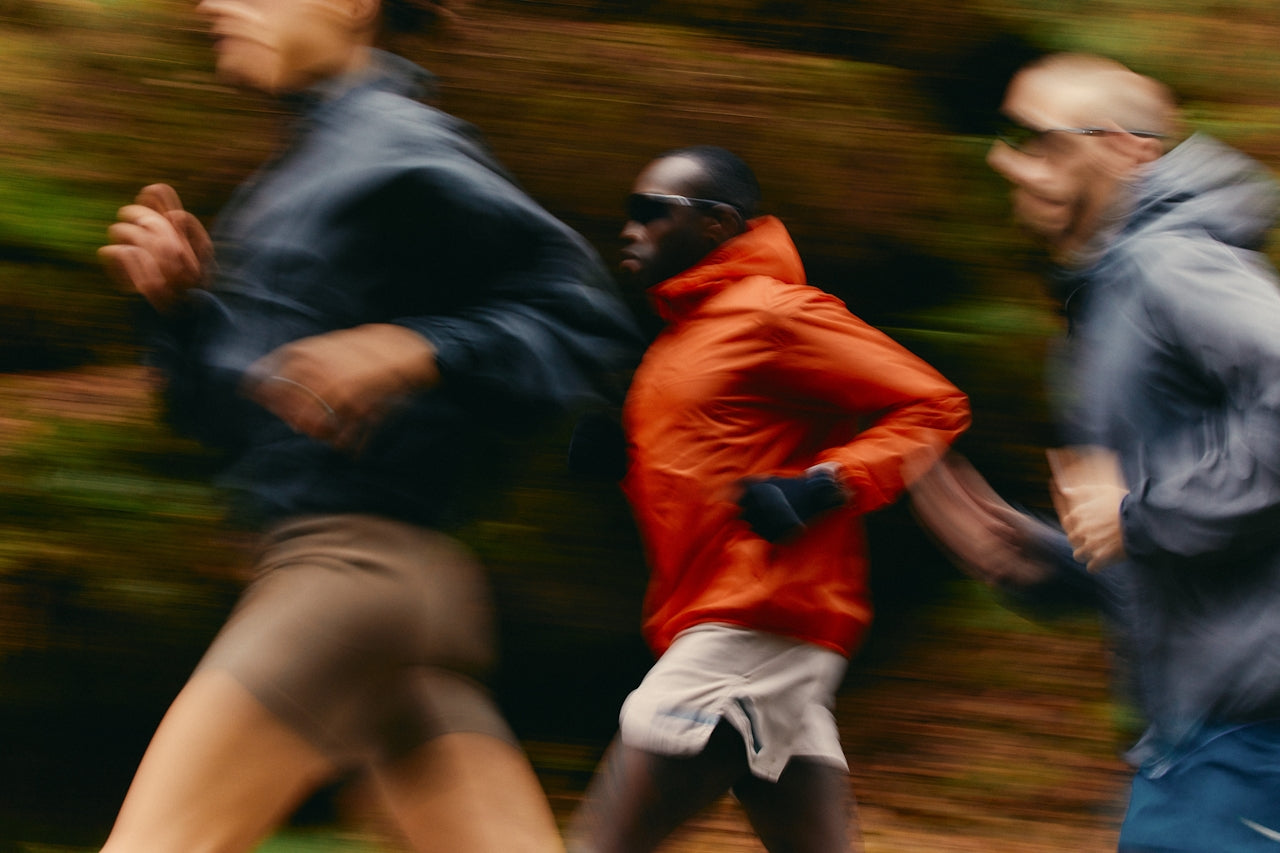Key takeaways:
-
Cortisol naturally rises during exercise to mobilize energy and support performance.
-
Short-term spikes are normal, but chronically high cortisol can slow recovery and increase fatigue.
-
Signs of elevated cortisol include poor sleep, irritability, cravings, and frequent illness.
-
Recovery strategies like sleep, nutrition, hydration, and mindfulness help keep cortisol in balance.
Every workout stresses your body. These controlled stresses are what strengthen our systems over time. The release of cortisol is essential during a workout; it’s the hormone behind the energy surge.
While cortisol does power your body through exercise, when elevated too often, it can leave you fatigued and injury-prone. The good news: with the right recovery strategies, you can keep cortisol in check and get more from your training.
How does exercise influence cortisol levels?
When you work out, cortisol naturally rises to help your body meet the demand.. It releases stored energy such as glucose and fatty acids, so your muscles have the fuel they need. For example, a moderate run or spin class might cause a manageable cortisol rise that your body can quickly recover from.
However, prolonged or very rigorous training, such as heavy lifting or high-intensity intervals, can cause larger cortisol spikes. If recovery is insufficient, cortisol may stay elevated. Over time, this can contribute to:
-
Fatigue
-
Slower muscle repair
-
Protein breakdown
-
Sleep disruption
-
Greater injury risk
How to balance cortisol while staying fit.
When done strategically, an exercise regimen should help modulate cortisol over time. Here are some key biohacks to avoid unwanted stress in your workouts.
Prioritize recovery.
Schedule rest days and active recovery sessions. Muscles repair and adapt between workouts, not just during them.
Protect your sleep.
Aim for 7-9 hours of quality sleep each night. Adequate rest is one of the most effective ways to normalize cortisol.
Fuel with whole foods.
Support stable energy and recovery with a diet rich in lean proteins, complex carbohydrates, healthy fats, and micronutrients.
Stay hydrated.
Even mild dehydration can elevate cortisol. Drink consistently throughout the day, not only during workouts.
Practice stress reduction
Mindfulness practices like yoga, meditation, or deep breathing have been shown to lower cortisol and improve resilience to stress.
Keep up with what’s shaping hormone health. Subscribe.



